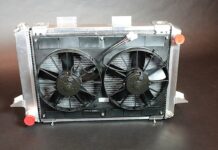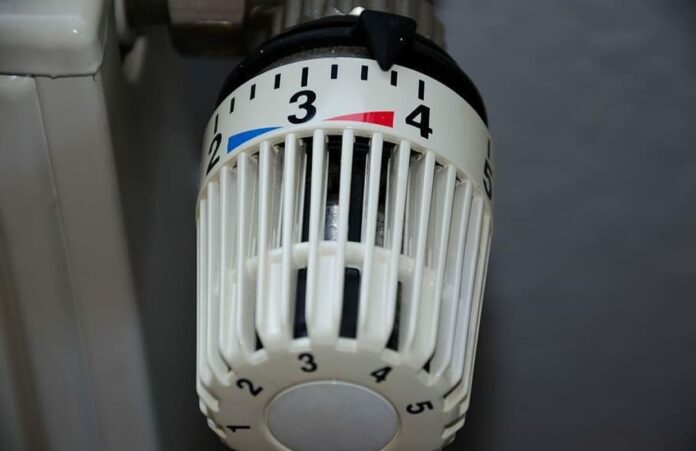
If you are looking to examine and manage your heating system, your radiators inclusive, the most appropriate time would be before the cold weather kicks in. Luckily, you do not have to invest tons of time to get this done.
Reasons for a Cold Radiator
There is no experience more remarkable than to wake up or come back to a warm home during the cold of the autumn and winter seasons. However, imagine your disappointment when your radiator is incapable of producing sufficient heat to keep you warm.
Aside from you being in the cold, the problematic radiator could also be a symptom of other complications like a bad system installation or debris stuffing up the system. This situation requires a professional check and not one to ignore. You would need some help with sorting things out.

Your radiator can get cold for various reasons. We have come up with a list of solutions to these problems below:
Check the Pump: Examine your heat pump and ensure that it works; this is if your heating has one. Faulty heat pumps account for a drop in your radiator’s temperature. And radiators drop temperature because the faulty pumps stop the heater from heating the water required to maintain the radiators’ warmth. The easiest way to examine if a heat pump is operational is to listen closely to its noise.
Examine the Boiler: You should check your heating to make sure that its configurations are correct and it is working as it should. Examine your combi-boiler if you have one. Make sure it is not set to “summer mode”. It should be set to heating and hot water. Also, look out for fault codes. You may have a more significant problem if you find a fault code.
Check Water Pressure: If the pump and boiler are perfectly functional, then the water pressure might be the issue. The appropriate pressure for residential gas boilers is 1.0 bar. You will find the pressure bar on the gauge. Before you attempt to fix this, it is paramount that you make sure the system is balanced.
Look out for Stuck Valves: Stuck valves are the number one culprit when it comes to cold radiators. You should look out for stuck valves only when there is just one faulty radiator. Valves become stuck when, due to age, the white thermostatic valve that regulates water flow becomes seized.
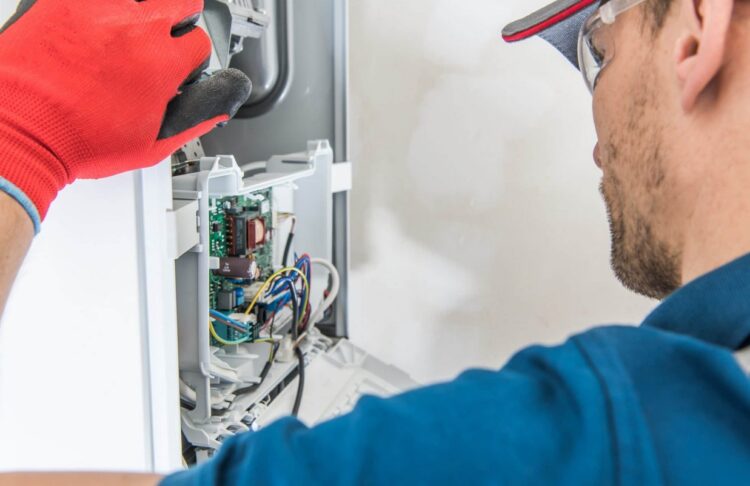
Check for Air within the System: If your radiators have gone cold, it might imply that there is air in the system. Air that gets into the system gathers at high sections like the radiator’s top, thus preventing water distribution.
Below are inspections you should try out to ensure that your radiator is in good shape when the frostiness starts.
1. Hot Water
If you did not heat water with your boiler in the summer months, it requires an immediate checkup. Put on the boiler to see if it works.
Crank it up
- Increase your thermostat.
- If your radiators have thermostatic radiator valves, open them, and ensure they are fully open.
- Then allow the system to work for some thirty minutes.
2. Radiators
Make sure your radiators are warm. Here’s a fair warning: radiators can be very hot, so you would want to exercise care around them to prevent burns and whatnots. Ensure you examine all parts of the radiators during your inspection.
If just a part of the radiators is hot, then you would have to bleed them. Bleeding allows trapped air out of a radiator so the heat can flow unhindered. Sometimes, the problem might be the buildup of gunk. This is solved by draining to clear the block in the system.
Bleeding Radiators
- Put old towels underneath the radiator
- Shut down the heating system, then allow it to cool off.
- Start with the radiators on the ground floor and work your way up.
- The radiator furthermost from the boiler should be your starting point.
- Find the bleed valve – a small plug underneath the radiator. Older radiator models have valves that need a key to turn. You can turn the newer models with a screwdriver.
- Turn the valve a little. Then listen for a hissing noise – this indicates the valve is filled with air.
- When the hissing sound ceases, water will trickle out from the valve.
- Shut the valve.
- Then go on to the next valve.
- Rinse and repeat across all your home radiators and the bleeding process will have completed.
If you can’t bleed your radiators yourself, you can employ the services of a specialist plumbing and heating company.
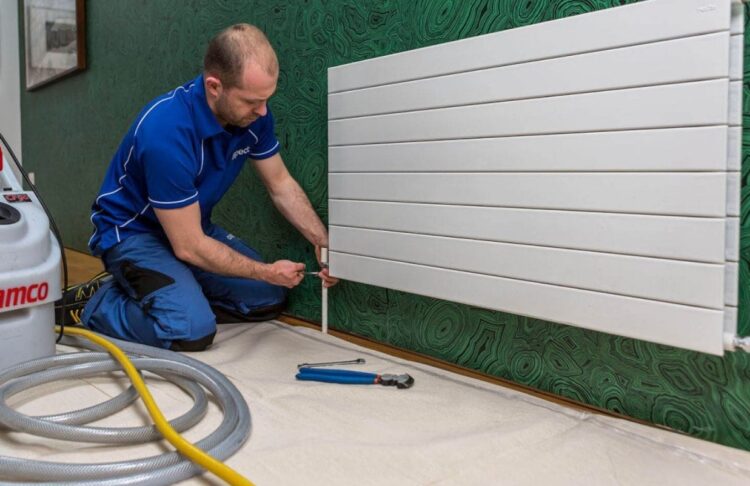
3. Arrange for a Central Heating Service
The best time to prepare for the cold season is before the cold season starts. Call in an expert during the summer or autumn months to inspect your boiler and heating. It will be an inconvenience to find that your heating is faulty after the cold season has started.
Heating engineers get a lot of calls at the start of the winter season because that is the time people switch on their heating only to discover that their radiators have a problematic pump or pilot light.
Book your boiler service in the summer months, so you can avoid the barrage of service requests at the start of winter. If you have not examined your boiler yet, you can still reach out to an engineer in your area to help you with that. It will do you a lot of good if you do it now before it becomes too late. You can read more about combi boiler at iheat.co.uk.
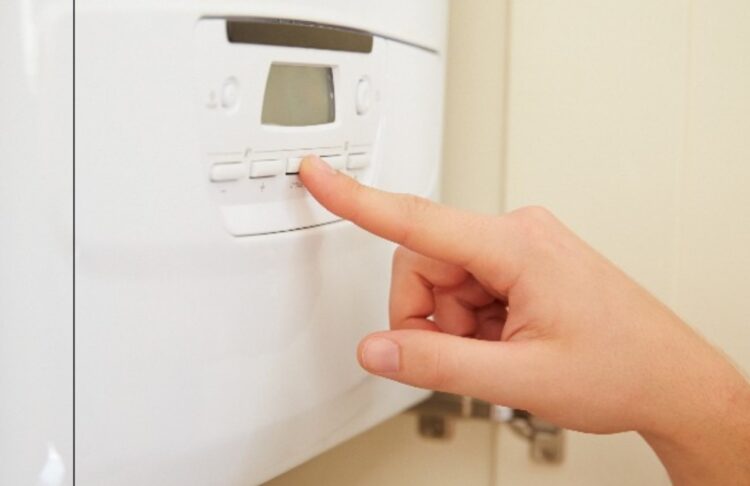
4. Replace Your Old Boiler
If your boiler is rigged with problems or has endured prolonged use, it might have come to the end of its utility. What you should do at this point is to get a new one, which should be more energy-efficient and serve you better.
If you have a 10-year-old boiler, it probably falls under the timeworn G-rated system. The system efficiency sits at around 72% for the fuel conversion to heat. However, with the newer A-rated boilers, the conversion rate is 90% efficiency.
Professional heating engineers can give you suggestions on new boilers that are most suitable for your home. Changing your boilers in the autumn means you can start saving on fuel expenses before winter, which is usually a more expensive time to heat up your home, kicks in.
If you’re lucky enough to get some warm weather during the autumn season, then you can do without your heating system for some time while a new one is being installed.
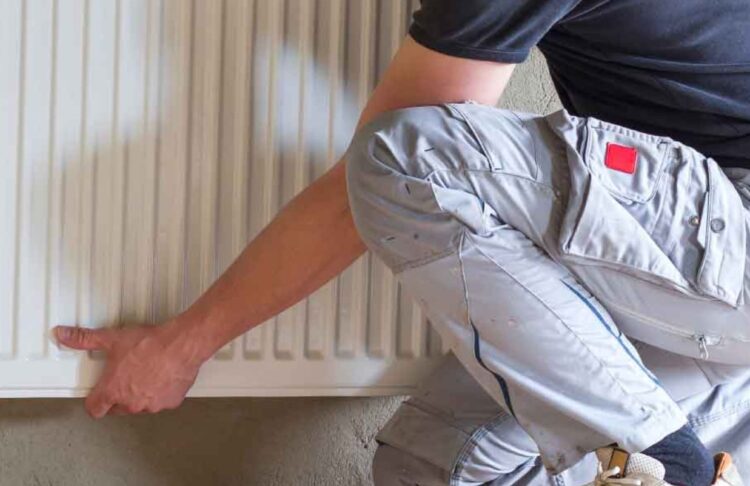
The time to take this maintenance work seriously is in Autumn ahead of the much colder months. You have sufficient time to seek the services of a professional if a problem comes up. Do check over the Moderniser guide on all things radiator types and costs.
It is not advisable to delay the inspection of your radiators until the winter season. Apart from the rush and the difficulty in getting professional assistance, you need to consider the higher charges for emergency services.

